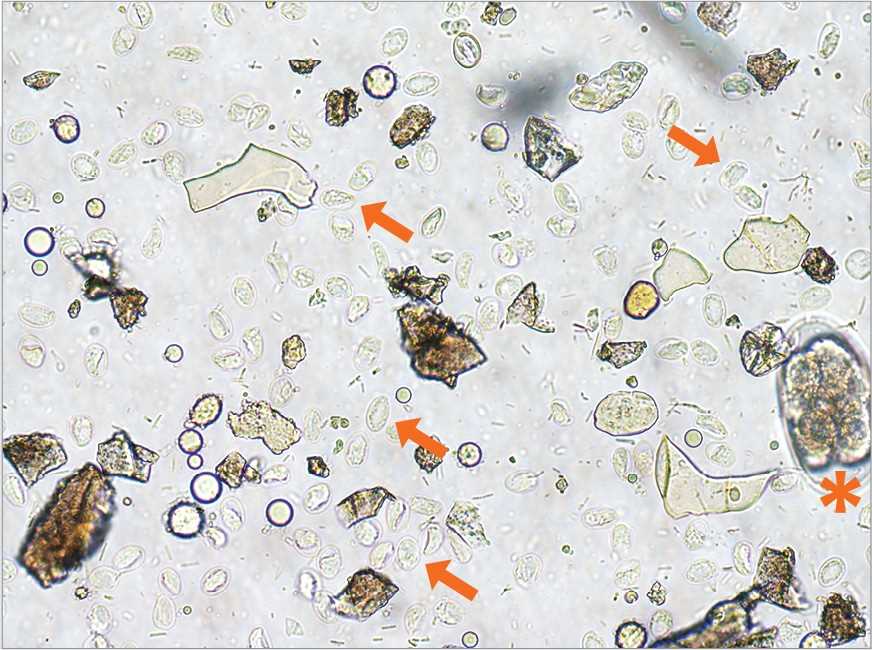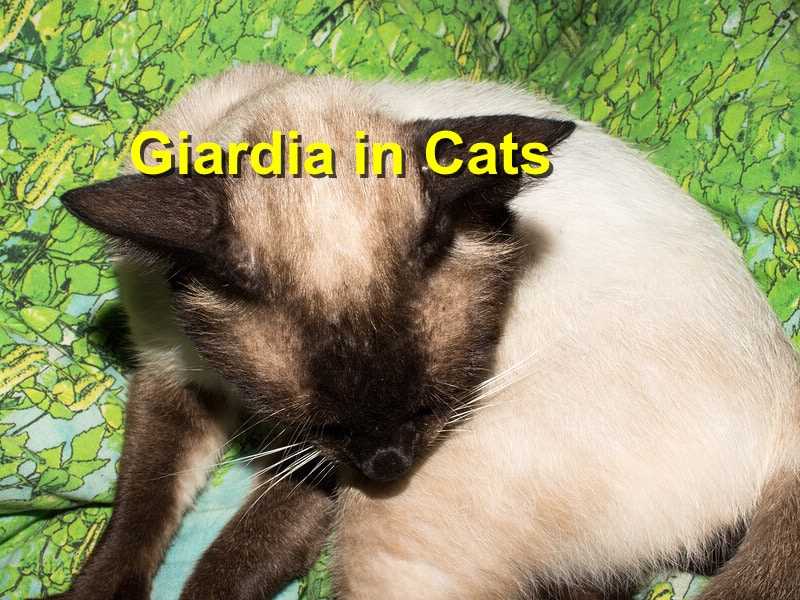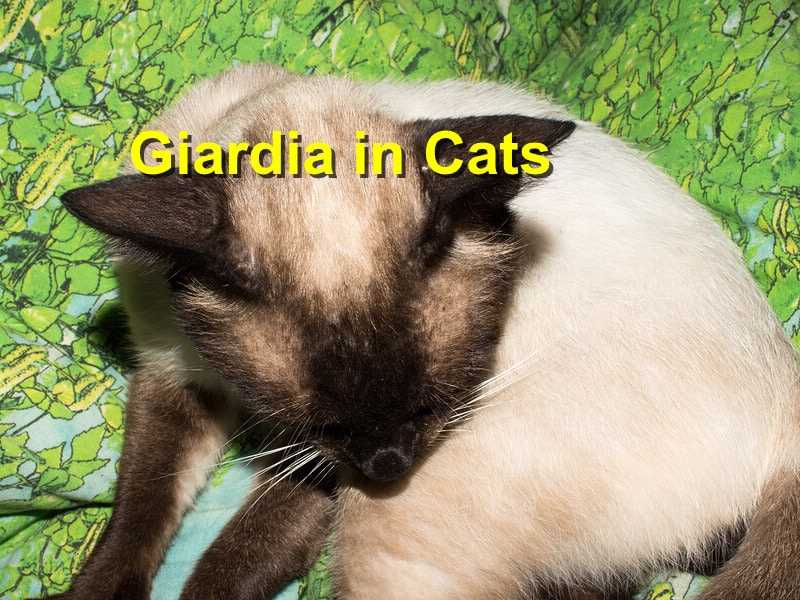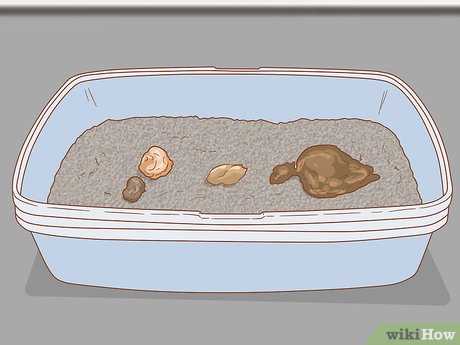For my fellow furry friends and our humans, addressing this pesky parasite requires a targeted approach. First and foremost, a visit to the veterinarian is crucial. They will likely prescribe medications such as metronidazole or fenbendazole, which are specifically designed to eliminate these unwanted guests from the system.
In addition to medication, ensuring proper hydration is key. Diarrhea can lead to dehydration, so fresh water should always be available. In some cases, adding an electrolyte solution recommended by the vet can help restore balance.
Following the treatment protocol, maintaining cleanliness in the living environment is essential to prevent reinfection. Regularly cleaning litter boxes and sanitizing areas where the feline spends time will significantly reduce the risk of recurrence.
Monitoring dietary habits is also advisable. A bland diet may be beneficial during recovery, gradually reintroducing regular food once the symptoms subside. Always consult the veterinarian for personalized dietary recommendations tailored to the specific needs of your feline companion.
Recognizing Symptoms of Giardia in Cats
Pay attention to changes in appetite and weight. Loss of interest in food or noticeable weight loss can be early indicators of a gastrointestinal issue. Frequent vomiting is another sign that something may be wrong.
Diarrhea and Stool Changes

Look for watery, foul-smelling stools. Diarrhea often occurs multiple times a day and may contain mucus or blood. These signs require immediate attention from a veterinarian.
Behavioral Changes

Watch for lethargy and decreased activity. A normally playful companion may become withdrawn or less energetic. Excessive grooming or discomfort in the abdomen may also signal distress.
Monitor hydration levels. Signs of dehydration include dry gums, sunken eyes, and decreased skin elasticity. Keeping a close eye on these symptoms can help in seeking timely veterinary care.
Diagnosis Methods for Giardia in Feline Patients
To confirm the presence of Giardia in feline companions, various diagnostic techniques are employed. A veterinarian often recommends a combination of methods for accurate results.
Stool Examination
The primary approach is microscopic examination of fecal samples. This method allows for the identification of Giardia cysts or trophozoites. Collecting fresh stool is crucial for optimal detection.
- Collect at least two samples over several days for reliability.
- Use a clean container to avoid contamination.
- Consult with the veterinarian on the best laboratory for analysis.
Antigen Testing
Antigen tests provide a more specific diagnosis. These tests detect Giardia proteins in stool samples and are often quicker than microscopic methods.
- Quick results are beneficial for timely treatment decisions.
- Some tests can be performed in-clinic, while others may require lab analysis.
In addition to these methods, a thorough medical history and symptom assessment are important for a comprehensive evaluation. If gastrointestinal issues persist, further tests may be necessary to rule out other conditions.
For maintaining a clean environment, consider tools like a best pressure washer for wooden patio cleaning, which helps keep areas free from potential contaminants.
Medications and Treatments for Giardia in Cats
Metronidazole or fenbendazole typically serves as the primary medications for addressing this issue. These antiparasitic agents effectively eliminate the protozoan responsible for the infection. Veterinary guidance is crucial in determining the appropriate dosage and duration of the treatment, often lasting from five days to several weeks, depending on the severity of the infestation.
Supportive Care
While medications play a significant role, supportive care enhances recovery. Maintaining hydration is key, especially if diarrhea is present. Consider incorporating easily digestible foods, such as wet cat food for elderly cats, to ensure proper nutrition without upsetting the stomach.
Follow-Up and Prevention
After completing the treatment, follow-up visits to the vet are essential to confirm the parasite’s eradication through fecal tests. Additionally, maintaining a clean living environment minimizes the risk of reinfection. Regular sanitation of litter boxes and avoidance of contaminated water sources are critical steps in prevention.
Home care and dietary adjustments during treatment

Provide a bland diet consisting of easily digestible foods like boiled chicken or rice. This helps maintain energy levels while avoiding gastrointestinal distress.
Ensure hydration by offering fresh water at all times. Consider adding chicken broth to encourage fluid intake. Monitor for signs of dehydration, such as lethargy or dry gums.
Maintain a clean environment. Regularly sanitize litter boxes and eating areas to minimize reinfection risks. Wash hands after handling food or cleaning to prevent cross-contamination.
| Dietary Recommendations | Frequency |
|---|---|
| Boiled chicken | 2-3 times daily |
| White rice | 2-3 times daily |
| Plain canned pumpkin | 1 tablespoon daily |
| Low-sodium chicken broth | As needed for hydration |
Introduce probiotics after consulting a veterinarian. They can aid in restoring gut flora. Use only vet-approved products to ensure safety.
Limit stress by providing a quiet space. Create a comfortable area with soft bedding. This promotes relaxation and aids recovery.
Regular monitoring of health status is crucial. Check for changes in appetite, energy, or behavior. Report any concerns to a veterinarian promptly for guidance.
Preventive measures to avoid giardia reinfection

Regularly clean litter boxes and ensure they are free of waste. Use a scoop daily and wash the box with hot, soapy water weekly. This minimizes the risk of contamination.
Maintain a strict hygiene routine for feeding areas. Wash food and water bowls daily with hot, soapy water to prevent any potential parasite presence.
Provide fresh, filtered water instead of tap water. Giardia cysts can survive in untreated water; filtration reduces the risk of exposure.
Avoid allowing contact with stray animals or wildlife. Keeping a safe distance from potentially infected animals decreases the chance of transmission.
Limit access to areas where stagnant water collects, as it can be a breeding ground for parasites. Regularly inspect and maintain outdoor spaces to eliminate such conditions.
Ensure all household pets are up to date on vaccinations and regular veterinary check-ups. Discuss parasite prevention strategies with a veterinarian to safeguard overall health.
Monitor for any signs of infection in all pets. Early detection allows for prompt action, reducing the likelihood of reinfection spreading within the household.
Consider using probiotics to support digestive health. A balanced gut flora can help fend off infections and enhance recovery from any gastrointestinal issues.
Educate family members about proper hygiene, especially after handling pets. Washing hands thoroughly after playtime or cleaning ensures that any potential pathogens are eliminated.






